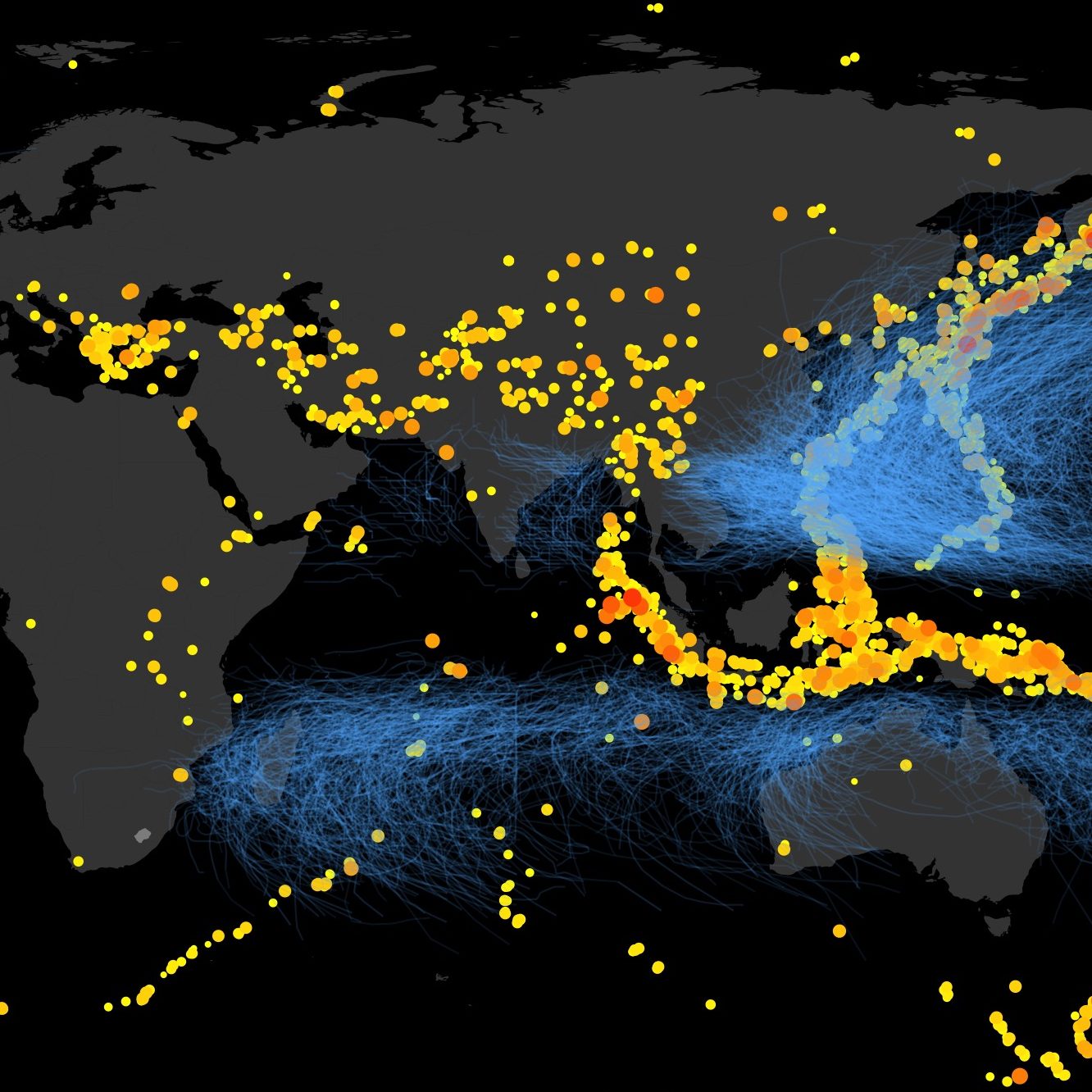From Building-Level Risk to Human and Infrastructure Systems Resilience
Today we have the ability to predict the probability of collapse of a building due to an earthquake in the next 100 years, and can design the building to a level of risk that society deems acceptable. It is a real testament to the work of geo-scientists, engineers and policy makers that today earthquake risk is something we can calculate and design for. It is easy to forget that the theory of plate tectonics was widely accepted only in the late 1950s and early 1960s, the theory upon which all earthquake science is premised. Yet our recent advancements also make clear the limitations of risk science as a tool to understand and manage the impact of disasters on our communities. These limitations herald the beginnings of a new research frontier: human and engineering systems resilience. This presentation advocates for a shift in scale and focus of research in earthquake risk science, from the analysis of individual buildings to that of interconnected human and infrastructural systems, the need to include time as another dimension of analysis (i.e. risk creation as a dynamic process, and resilience having time as one of its dimensional units), and the need to develop new metrics to properly capture the human impact of disasters. Promising analytical methods, technologies and data will be presented. Finally, this presentation is premised on a belief that disasters are not exogenous to politics and history. This presentation therefore looks at new potential metrics of disaster impact which would provide avenues to better integrate the many important tools from social-science research within an integrated framework. These could shed light on some of the historical and political processes that create extreme vulnerability, and therefore provide means to address them.

Leave a Reply